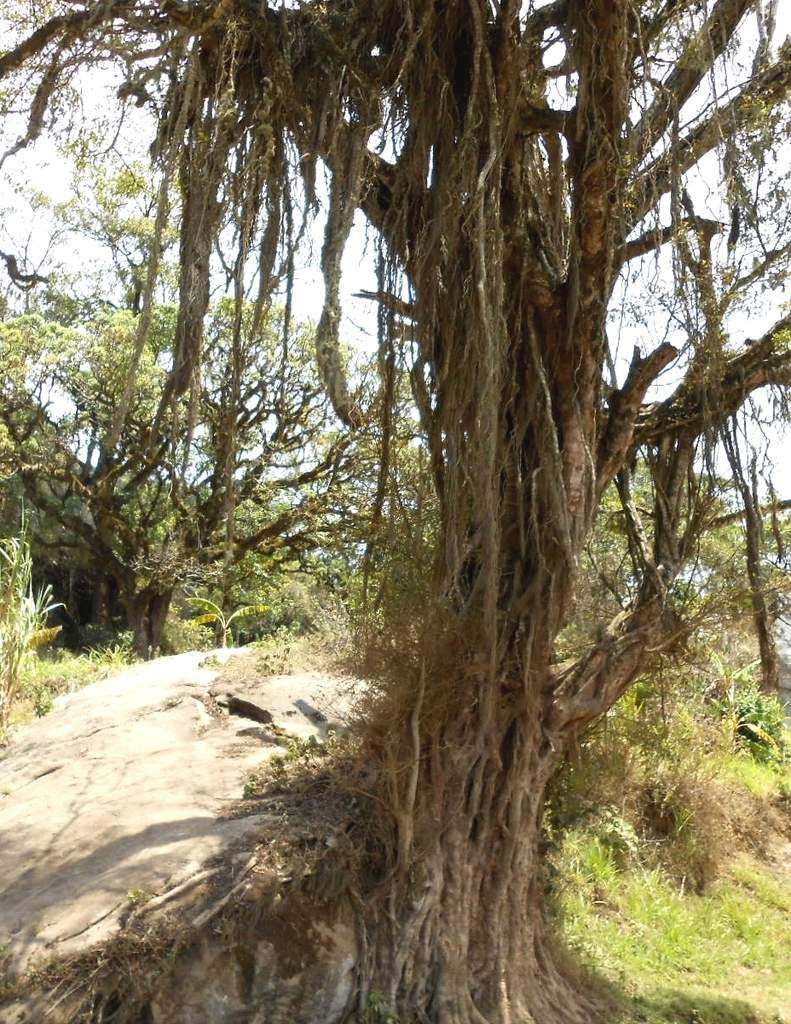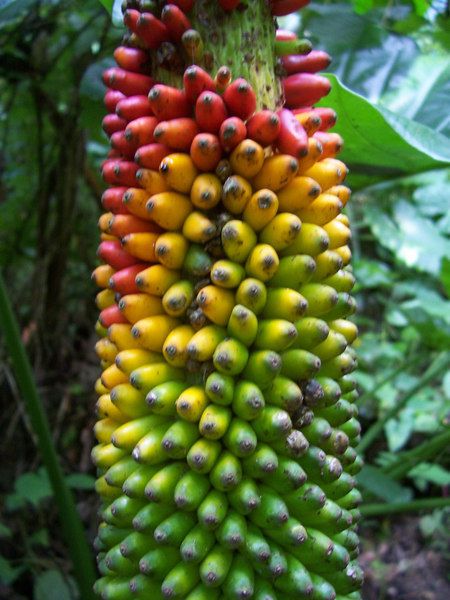The gods and spirits occupy a central point in traditional Taita community .They are major determinants of the wellbeing or ills that afflict the community. Between bumper harvest and famine, childbearing and impotency, war and peace, witchcraft and sorcery death at prime or young age, the spirits and the gods are believed to have an upper hand.
“Contrary to what many people think, Taita people in traditional society did not worship ancestors and the gods. Our forefathers believed in one supreme God mulungu whom they worshipped and revered as the source of property and wellbeing,.” explains a Taita elder Mzee Kilambo Mkilo( 72).
The elder says mulungu was believed to dwell high up in the skies and could bring good fortunes or misfortunes depending on how people worshipped him and also handled the lesser gods, warumu.
Mkilo says the warumu being spirits, served as the link between God(mulungu)and the people.
Mzee Kilambo goes on to explain: “There is a difference between demons(majini) and warumu(the gods).The later were custodians of the traditional Taita society and were harmless unless provoked while the former were unheard of in Taita society of yore.
He says Taita people are now experiencing many challenges and even misfortunes because many people have abandoned the local culture and resorted to seeking help from witchdoctors who deal in demonic powers(majini)which have messed up the traditional system of worship.
Mzee Mkilo says that in traditional Taita society the seers and elders had powerful charms that they planted at strategic points along the border of Taita land and their neighbours .These charms known as fighi were believed to ward off any intruders or people entering Taita with foreign cultures such as majini which tampered with the power of the local gods.
“Most Taitas have now resorted to keeping majini and other forms of witchcraft paraphernalia which have messed up with our traditional system of worship. This could be one of the reasons why we are experiencing problems like famine, inexplicable diseases and invasion of Taita land by outsiders without due regard to the rights of the local community” the elder says.
Mkilo says while it is not entirely possible to go back to our roots, Taita people should revive some of these traditional cultures as long as they do not clash with Christianity and the march of modernity.
On the other hand Mkilo says spots known as fighinyi-the location of fighi- and mwanjenyi (the shrines) should not be destroyed through any form of human activities as these are inviting a lot of misfortunes for Taita people, but the locals, who apparently proclaim the Christian faith, don’t seem to realize this.
worship and divination
In fact going through the Taita cultures of the days gone reveals quite amazing forms of worship and divination which few people can proclaim to know.
Of particular interest is the mianja-singular –mwanja- the shrines.
Even though these have been abandoned they still exist, at least in name, and the locations are still called Mwanjenyi, for instance the one at Mghambonyi village in Wundanyi constituency.
These mianja still bear the unique plants and trees that were associated with divination and fortune telling.
These include isae plant, the fig tree( muku) and the wild banana tree (isengerughu).
The wild banana, a rare plant only found in Taita, is the ancestor of the modern banana and is currently under intense research as one of the endemic plants which could form the missing link in evolution of the species.
The mianja were out of bounds to everybody save the seers or elders and anyone who strayed into them was driven away by a swarm of bees or a huge snake locally known as sadu.
One of the most revered mianja were the skull caves where the remains of prominent seers and elders were preserved.
Traditionally though, Taita seers and elders used the wild banana for fortune telling.
The succulent fruits were cut open and the black seeds removed and placed in certain patterns on a white goat skin.
The seers would utter certain words about the issue they wanted the gods to unravel .It’s claimed that the seeds would form various patterns on their own, which explained something about the solution to the issue in question.
The practice was called kulaghua saru.
The wild bananas also known in Kiswahili as ndizi za porini are found in Ngangao forest and neighboring villages such as Mghambonyi, Kitumbi and Sesonyi.
Traditionally, the main issues that drove the seers to the mianja to commune with their gods included invasion of the land by outside communities or locusts, famine, inexplicable deaths especially of children and youth or an attempt to discover and weed out social misfits such as sorcerers and thieves.
At the mianja the elders and seers usually offered sacrifices especially a black sheep .In some extreme cases where the matter to be resolved was too weighty, a human sacrifice of an only child in a family( mwana wa ititi) would be given.
The child who was usually snatched from the family would be slaughtered and the blood allowed to drain to the ground for the gods.
Such mianja are believed to still habour powerful spiritual powers and to date, roads that pass through such places have black spots where accidents occur regularly, ostensibly because of the anger of the innocent souls who were sacrificed for the greater good of the society.
One such spot is Josa near Wundanyi town where vehicles used to loose control and plunge into a rocky valley about a hundred metres down.
However, it’s said that a couple of years ago, local elders went and offered a sacrifice of a black sheep at the black spot and now accidents at Josa are unheard of.
Talk about the powers of mianja and the ancestors!
captions:These photos show some of the characteristic features of the minnja shrines inluding the wild banana plant(isengerughu)- second from bottom

/image%2F1675402%2F20170607%2Fob_168a67_in-logo.jpg)




